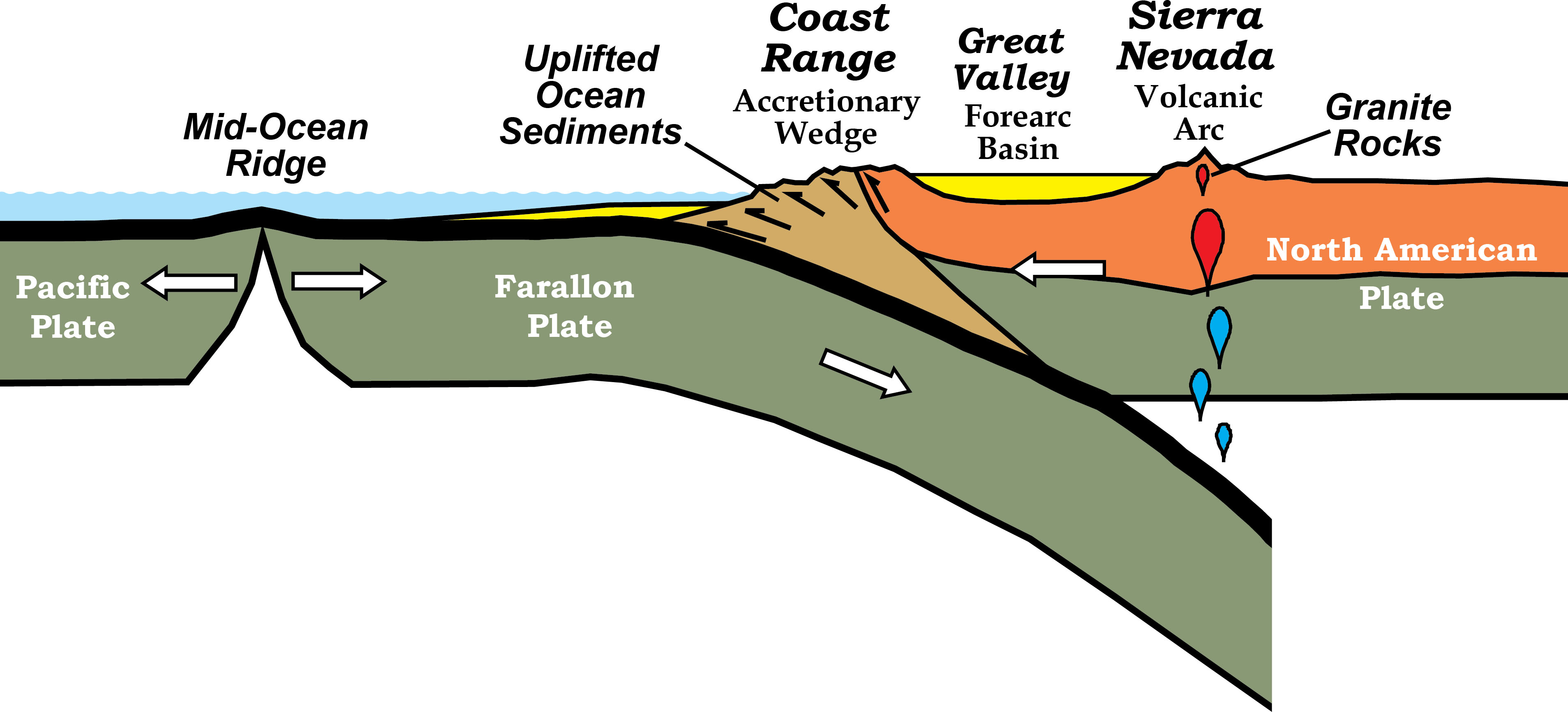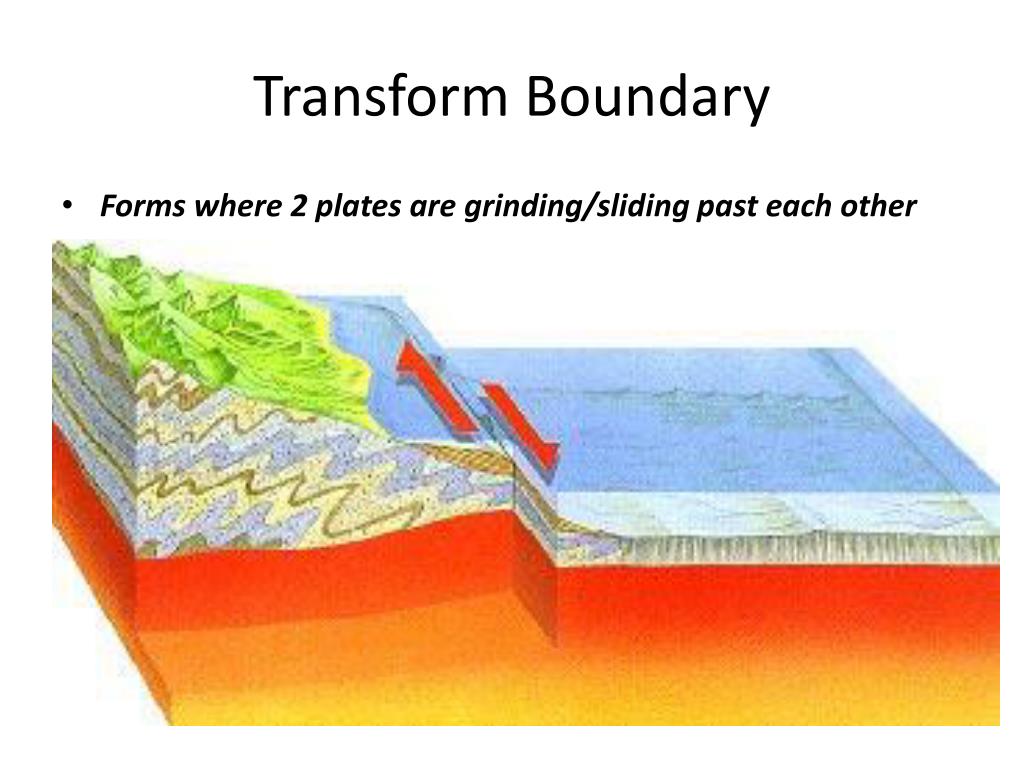

Extinct volcanoes are eroded as they cool and subside to form fringing reefs and atolls, and eventually they sink below the surface of the sea to form a seamount. As the plate moves on, however, the volcano is separated from its underlying magma source and becomes extinct.

A volcano builds upon the surface of a plate directly above the plume. These plumes are thought to be stationary relative to the lithospheric plates that move over them. Hotspots are thought to be the surface expression of giant plumes of heat, termed mantle plumes, that ascend from deep within the mantle, possibly from the core-mantle boundary, some 2,900 km (1,800 miles) below the surface. The number of these hotspots is uncertain (estimates range from 20 to 120), but most occur within a plate rather than at a plate boundary. On the other hand, transform faults may themselves be reactivated, and recent geodynamic models suggest that they are favourable environments for the initiation of subduction zones. Many transform faults in the Atlantic Ocean are the continuation of major faults in adjacent continents, which suggests that the orientation of these faults might be inherited from preexisting weaknesses in continental crust during the earliest stages of the development of oceanic crust. This buildup of stress may be suddenly released in the form of an earthquake. The fault surfaces are rarely smooth, and pressure may build up when the plates on either side temporarily lock. Because the only motion along these faults is the sliding of plates past each other, the horizontal direction along the fault surface must parallel the direction of plate motion.

These boundaries are conservative because plate interaction occurs without creating or destroying crust. However, transform faults also occur between plate margins with continental crust-for example, the San Andreas Fault in California and the North Anatolian fault system in Turkey. The majority of transform faults link the offset segments of oceanic ridges. Transform faults are so named because they are linked to other types of plate boundaries.

TRANSFORM PLATES HOW TO
COVID-19 Portal While this global health crisis continues to evolve, it can be useful to look to past pandemics to better understand how to respond today.Student Portal Britannica is the ultimate student resource for key school subjects like history, government, literature, and more.This Time in History In these videos, find out what happened this month (or any month!) in history.#WTFact Videos In #WTFact Britannica shares some of the most bizarre facts we can find.Demystified Videos In Demystified, Britannica has all the answers to your burning questions.Britannica Explains In these videos, Britannica explains a variety of topics and answers frequently asked questions.Britannica Classics Check out these retro videos from Encyclopedia Britannica’s archives.


 0 kommentar(er)
0 kommentar(er)
